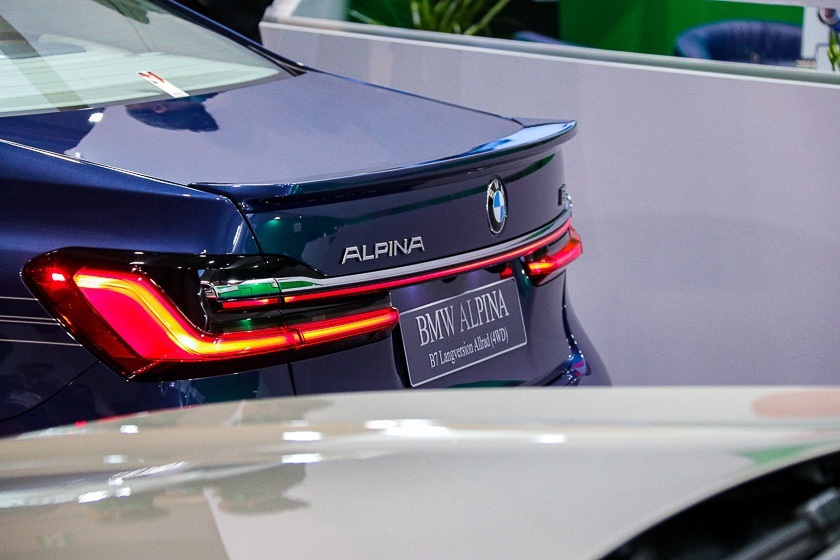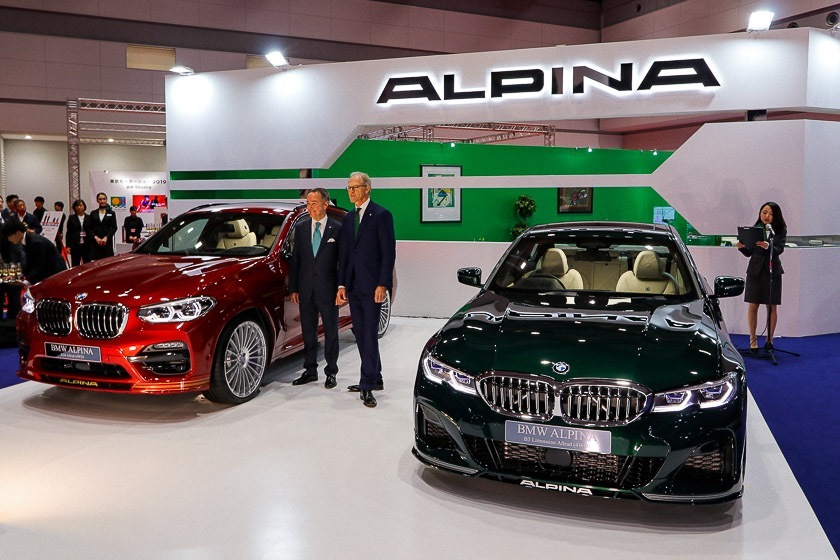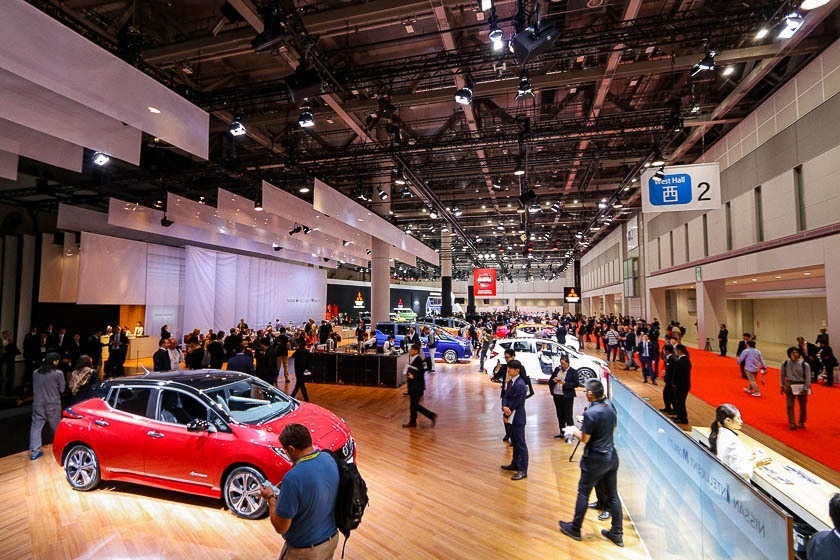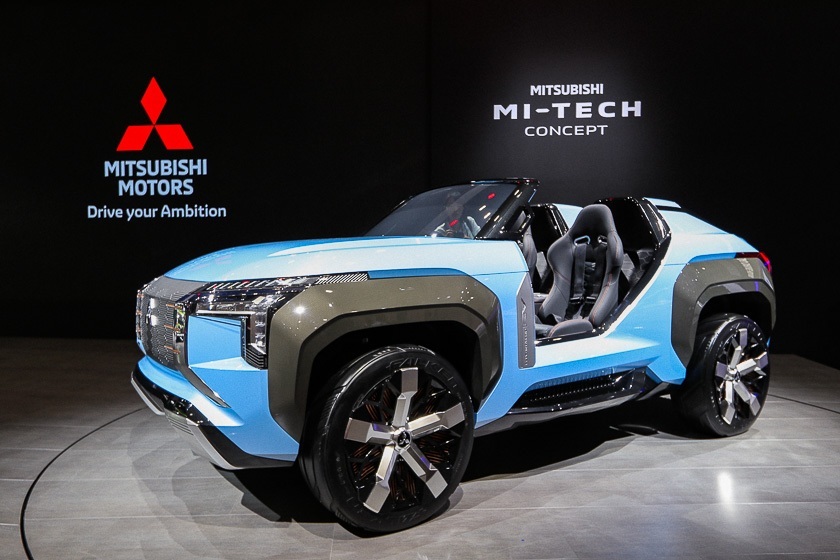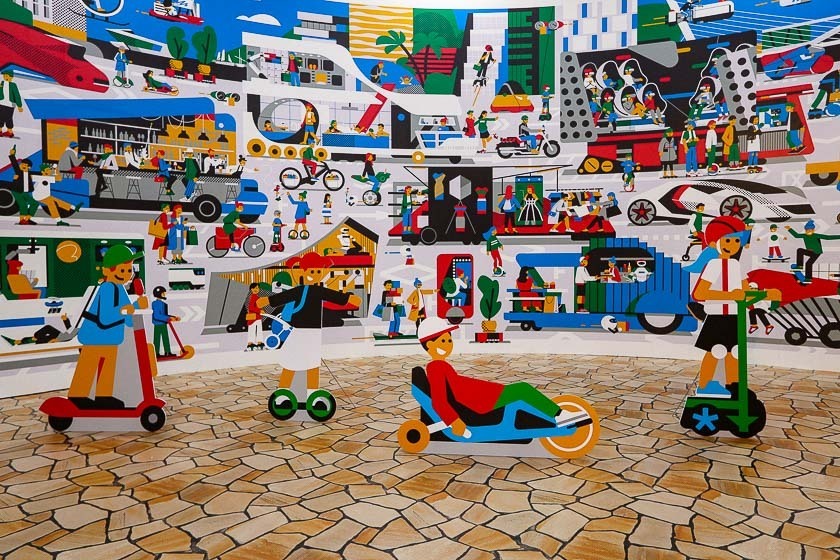46th Tokyo Motor Show

The 46th Tokyo Motor Show 2019 is open to the public from October 24 till November 4. This year, the title and theme of the biennial car event is "Open Future", and that was reflected in the style of the numerous new vehicles introduced at the exhibition. The Tokyo Motor Show typically runs for a week, but the event will be held for two weeks this year and on a larger scale compared to the previous years. This allows for more visitors to take part in one of the world's most anticipated car shows.
In the previous iterations of the Tokyo Motor Show, the main exhibition area was limited to Tokyo Big Sight, a large exhibition and convention center in Odaiba. This year, the motor show has expanded its exhibition grounds to include Mega Web and the Aomi exhibition halls about two kilometers west of main site.
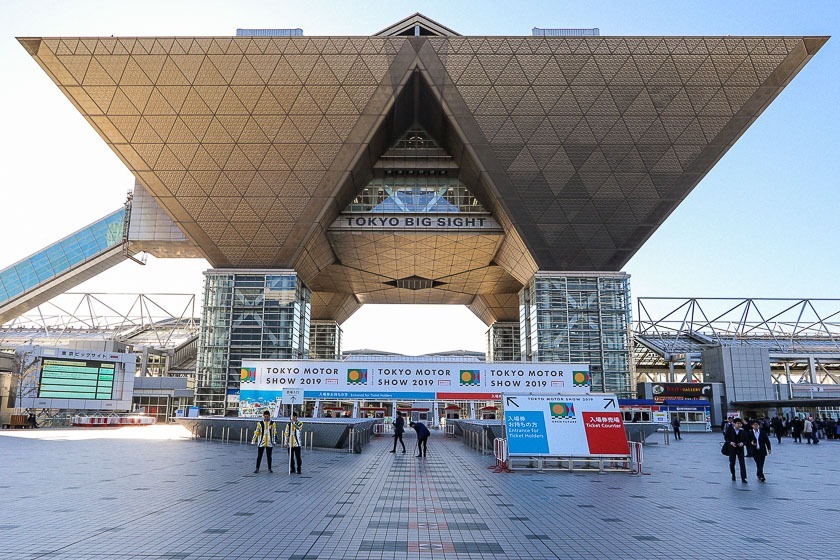
There are two paid areas that ticket holders can enter, the exhibition halls at Tokyo Big Sight, and the Aomi exhibition halls beside the Tokyo Teleport Station on the Rinkai Line. Three free-to-enter areas round up the entire exhibition: Drive Park, which is adjacent to Tokyo Big Sight, is an area where ticket holders can test drive two and four wheelers; Open Road, which is an approximately 1.5 kilometer long promenade connecting Tokyo Big Sight and the Aomi exhibition halls, has a carnival-like atmosphere with food trucks and areas where visitors can test small personal mobility devices; Future Expo, which is located inside Mega Web, showcases virtual and augmented reality technology in addition to innovative creations.

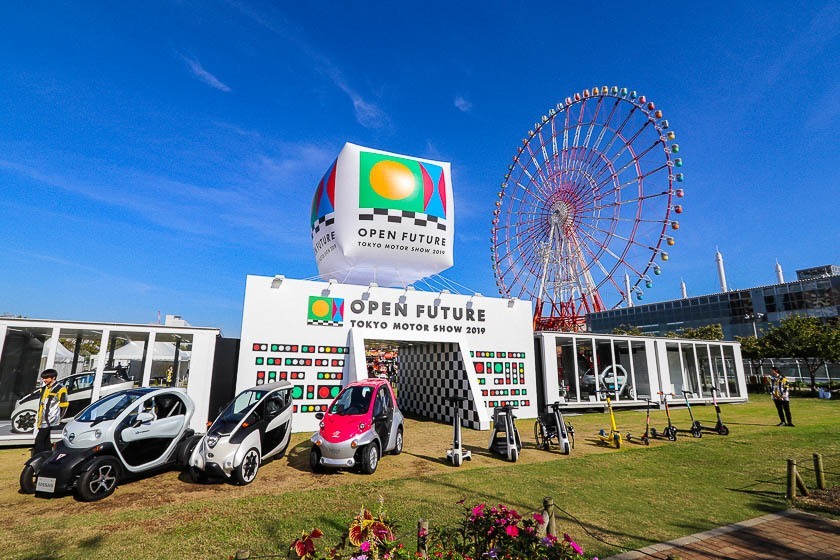
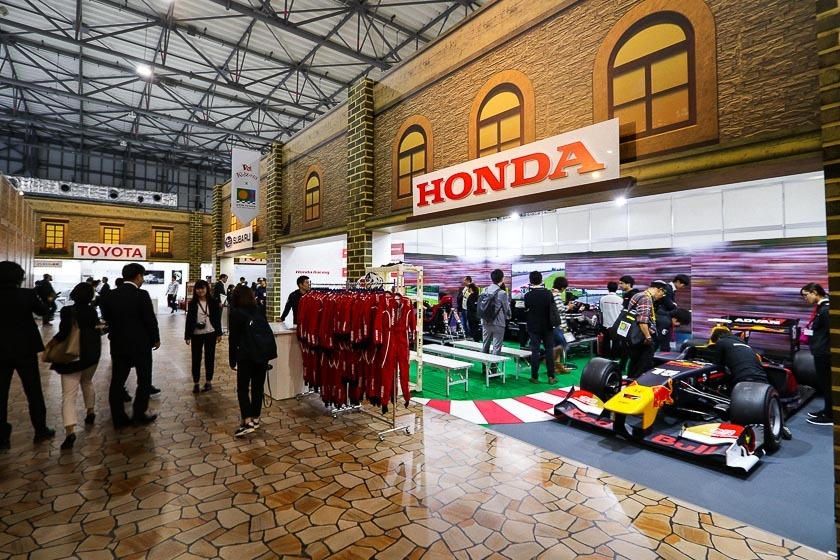
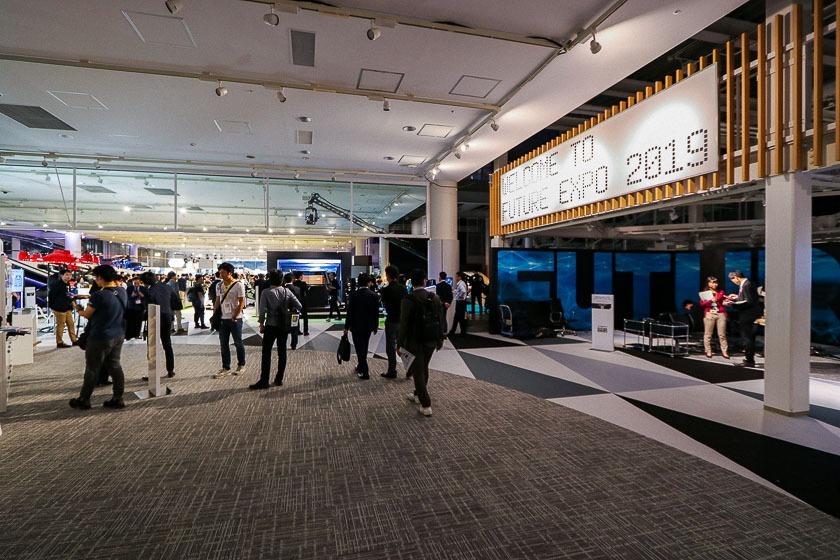
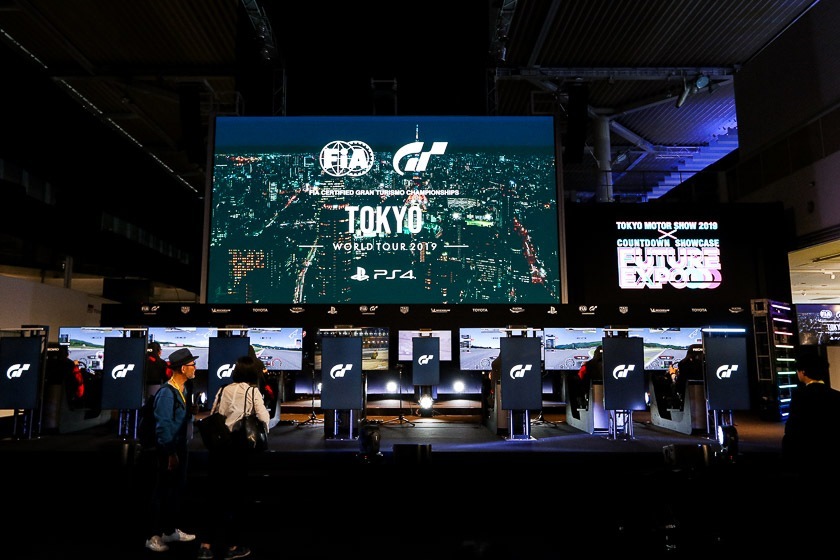
I had the opportunity to pick up where I left off at the 45th Tokyo Motor Show. Electric car technology was being refined then, and automakers were just starting to push out their power efficient creations. This year, the Tokyo Motor Show has fully embraced all the emerging technology from two years ago. Many, if not all, of the manufacturers introduced a range of electric vehicles. It was hard to miss the emphasis on electric cars across the board that were aimed at sparking joy and the excitement of driving, and to have this new technology be an indispensable part of everyday life.

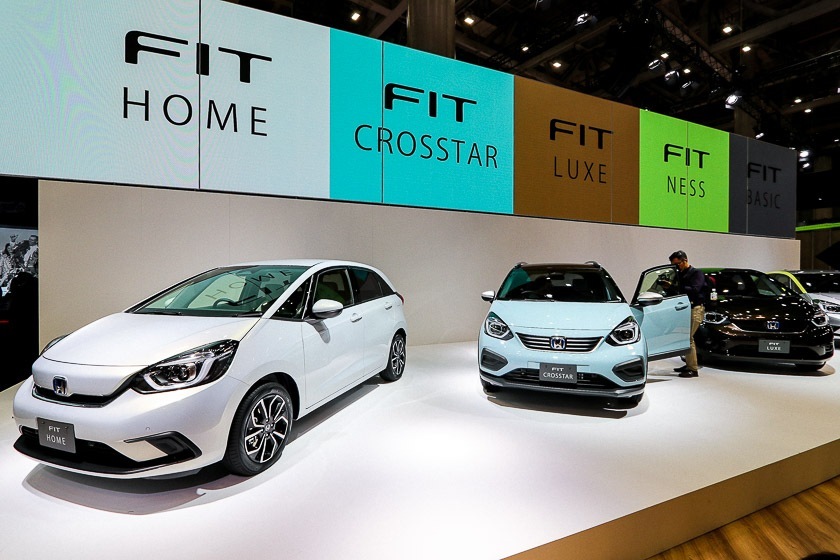

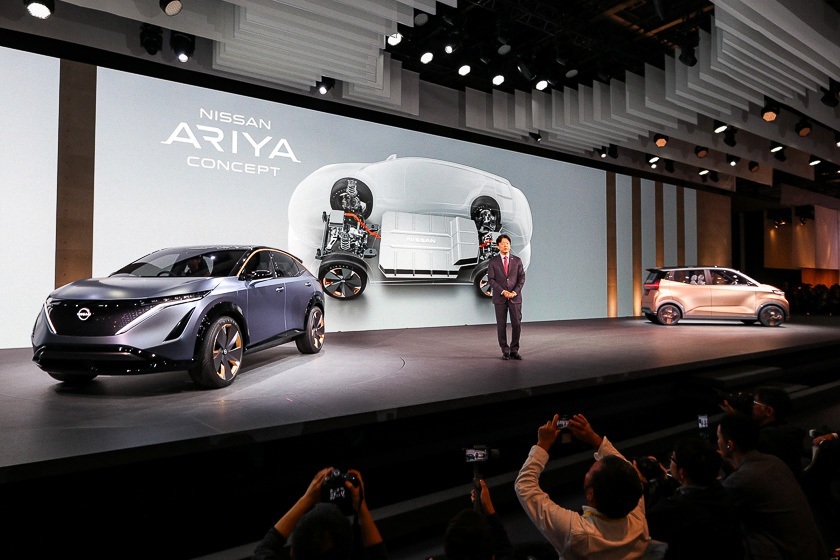
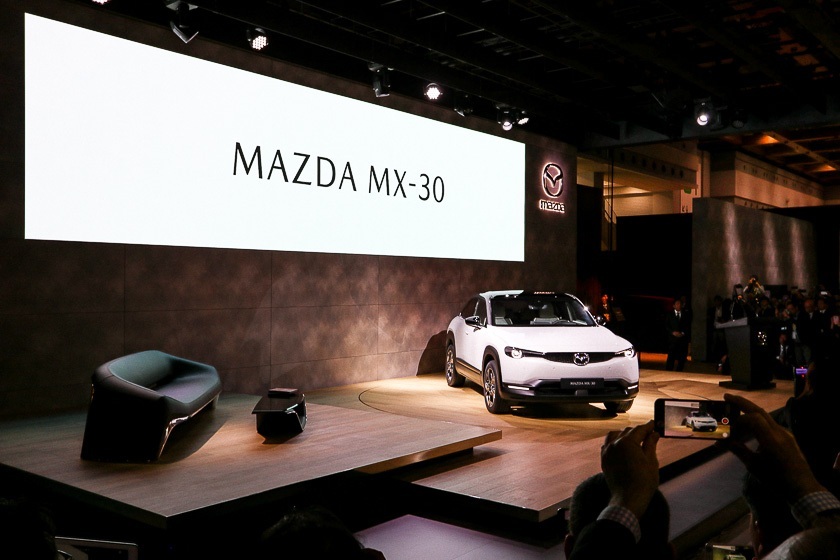
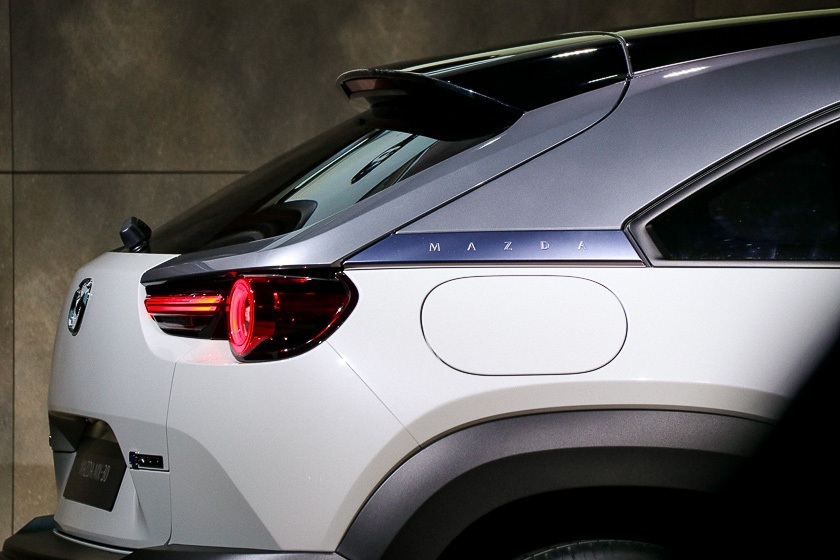
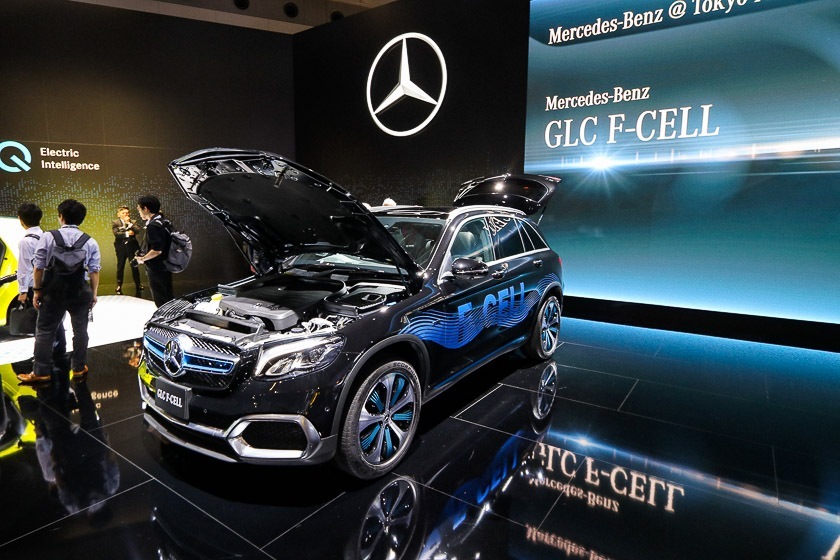

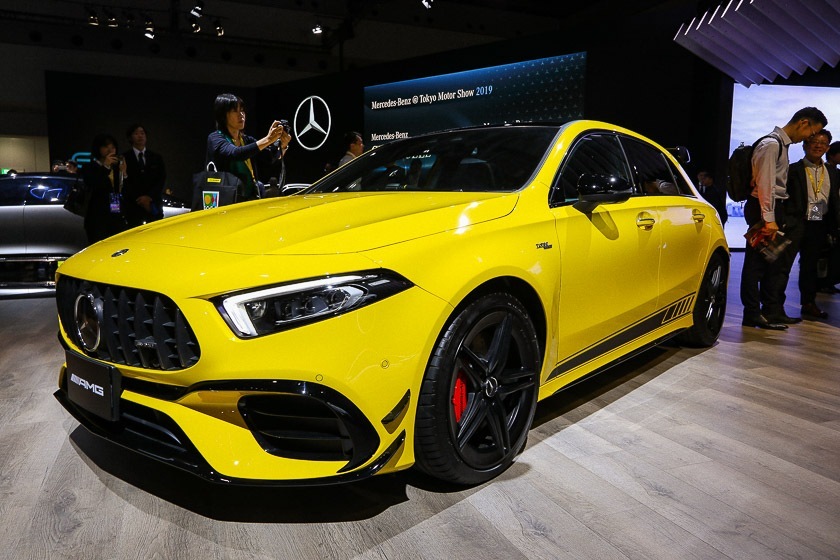
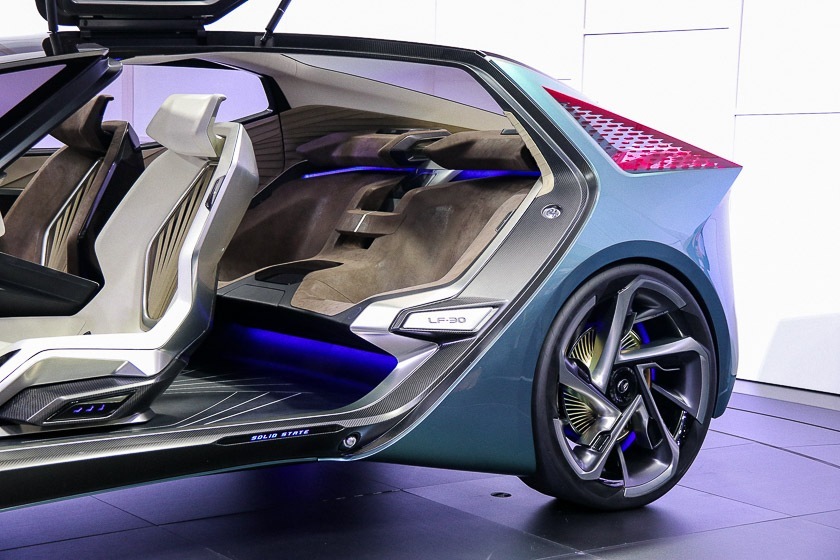
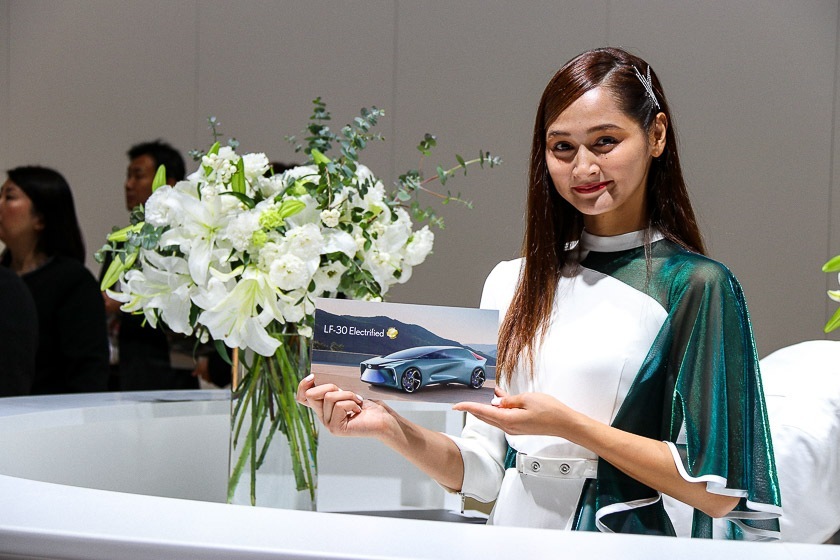
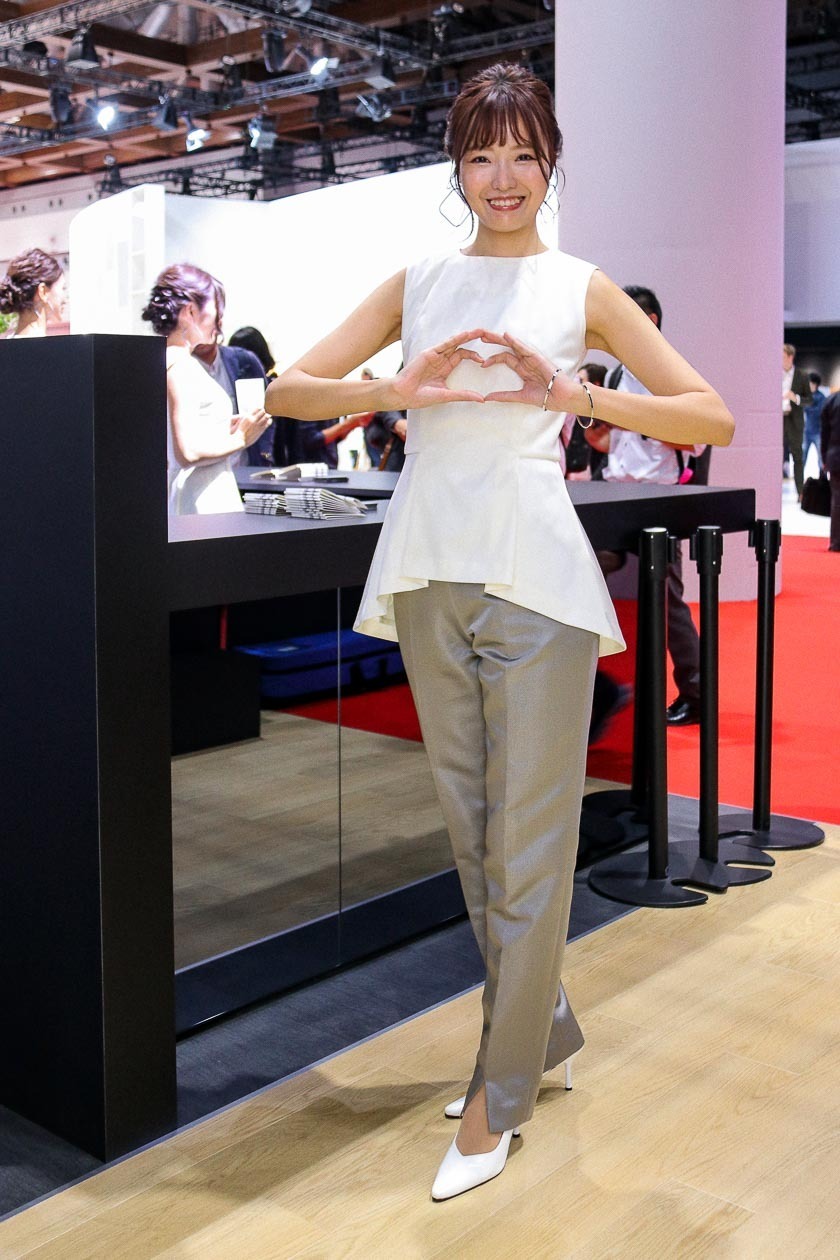
Artificial intelligence (A.I.) also had a big presence at the car show, and the self driving technology was also being rolled out gradually into the newer car models. Many makers introduced automated parking and car sensors that aid in everyday driving and to make driving accessible and fun for anyone and everyone. This A.I. technology also extended beyond car assistance, and in some instances includes an interactive design to communicate with the passengers verbally.
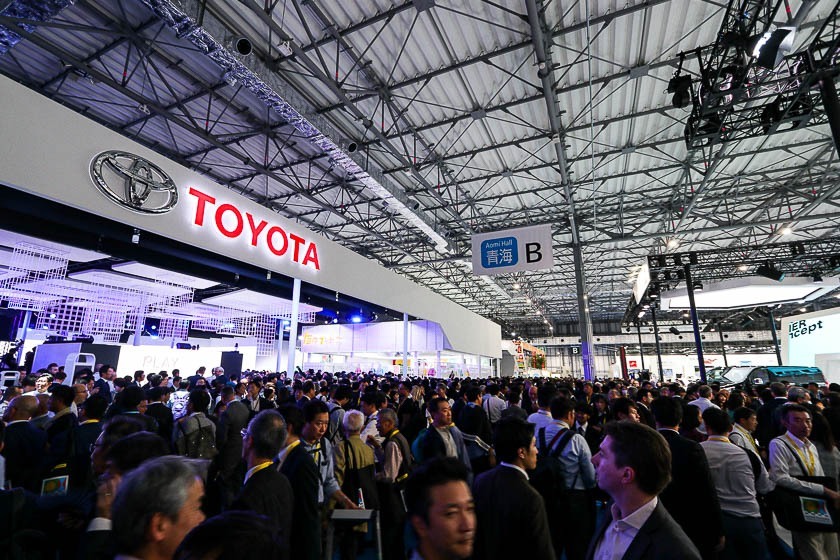
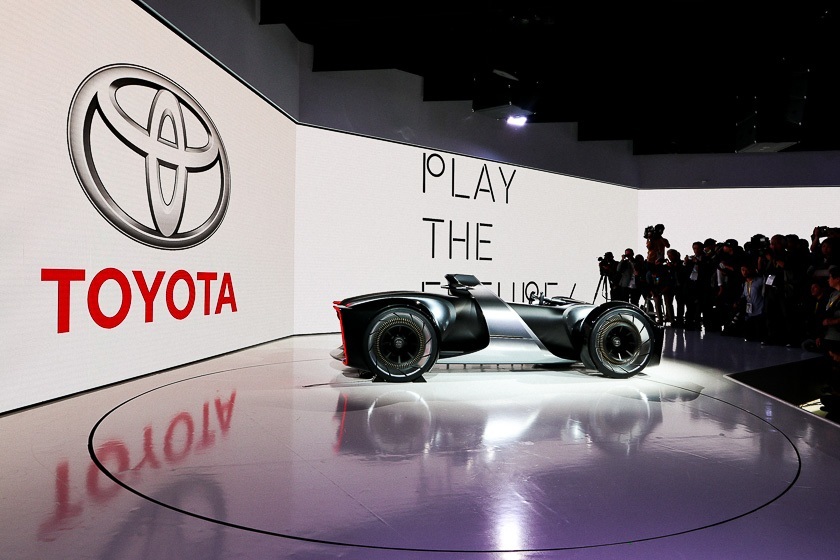

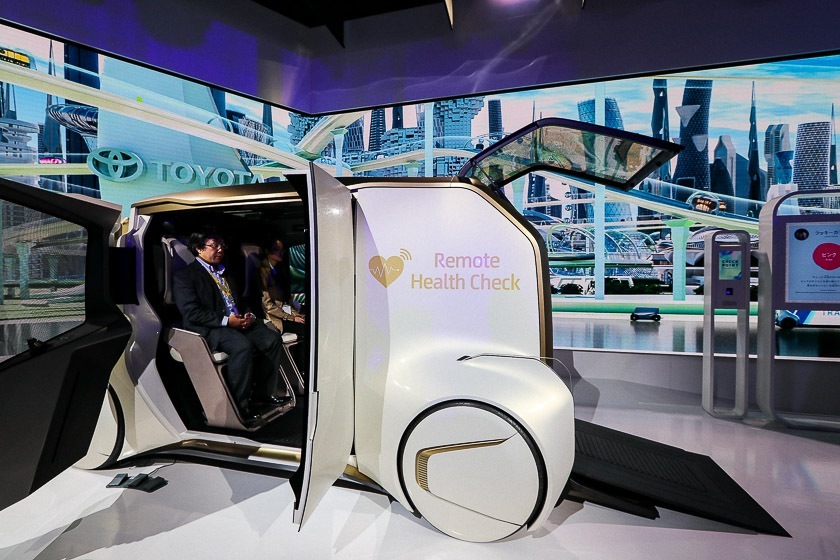
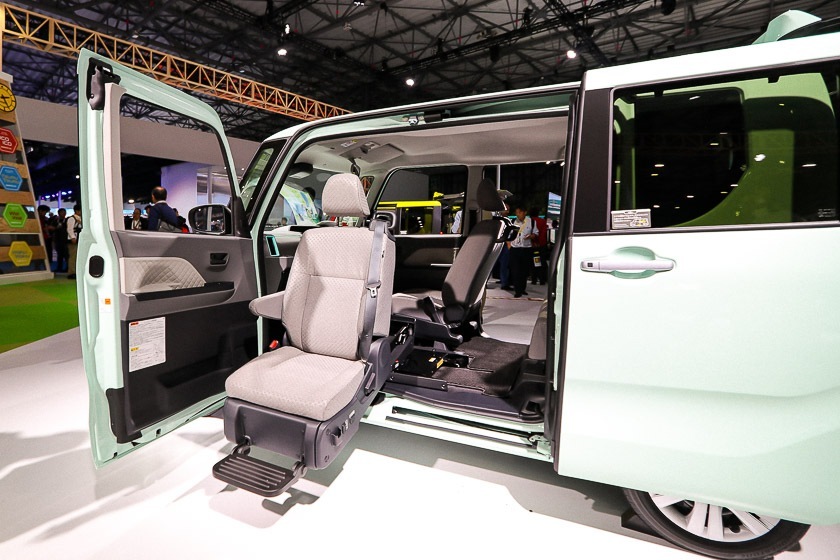

Another focus at the Tokyo Motor Show this year seemed to be a shift towards smaller cars and personal mobility devices. This is likely to be a move at engaging city dwellers who primarily take public transportation. Smaller cars and personal mobility devices would be the obvious choice when navigating narrow city streets and shorter distances.
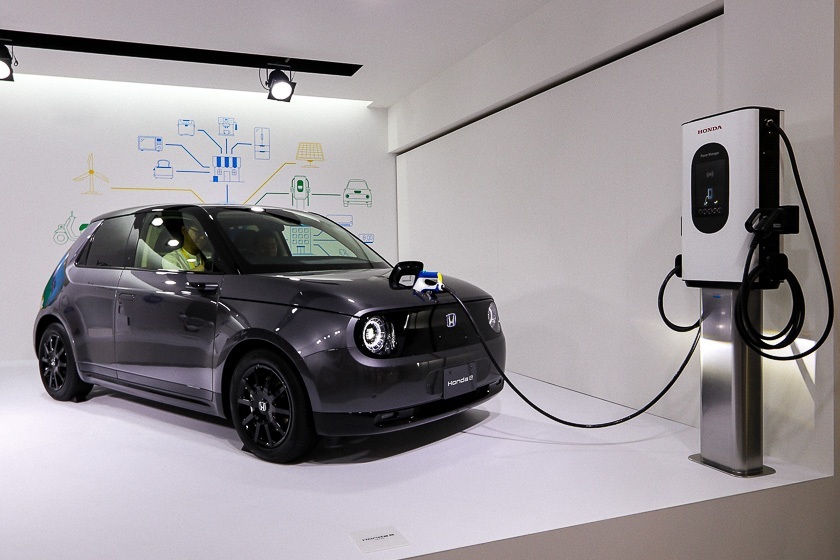

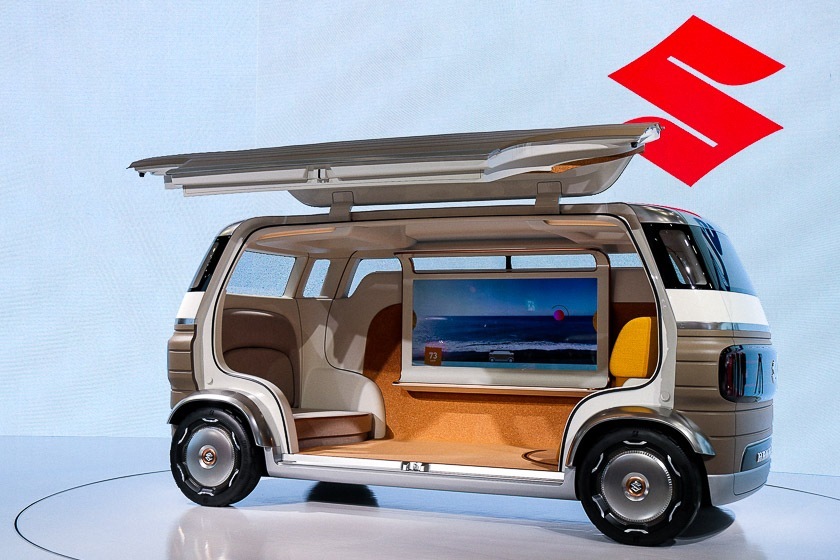
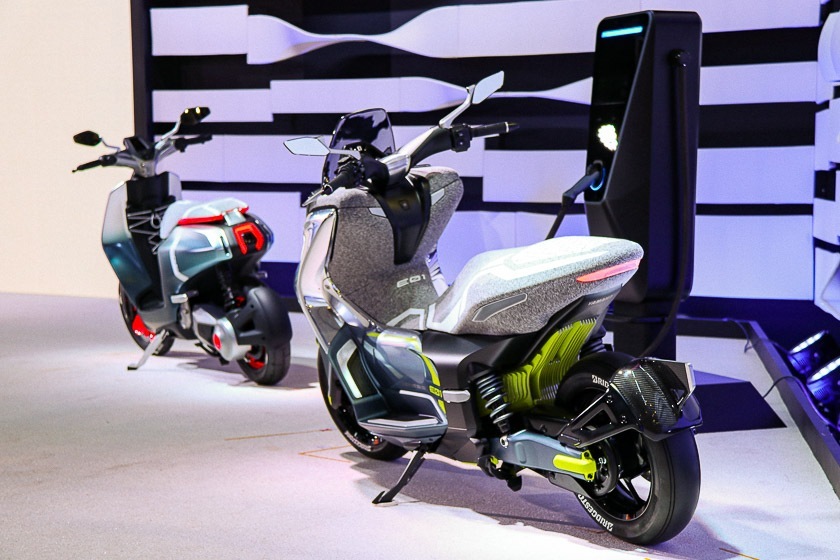
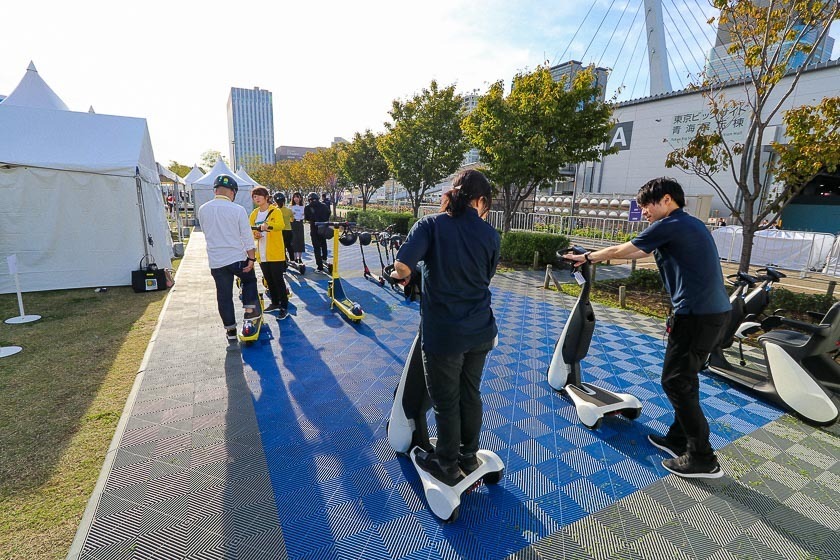
As the theme and title of this year's motor show, Open Future, suggests, the sky's the limit when it comes to the future of transportation and mobility. For now, electric seems to be the way to go for transportation, and robots that can assist in our everyday life. I'm looking forward to seeing what the next two years will bring for the future of motoring.
